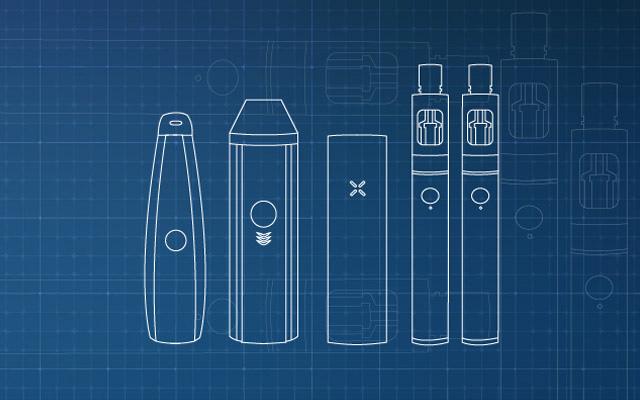E-cigarettes for mentally-ill people

Nicotine may be an addictive substance to just about anyone but for mentally-ill people. E-cigarettes for mentally-ill people might be a potential therapeutic tool. In some cases, the calming effects of nicotine to psychiatric patients outweigh the addicting factor of the said substance.
Nicotine and the mentally-ill
Back in the 60’s and before warnings were set against smoking in the early 70’s, psychiatric hospitals held supervised smoking breaks as an accepted activity to break monotony. There was typically not much they do within the walls of asylums where hundreds of thousands of mentally-ill people were placed for decades. Almost 90% of schizophrenics smoked and hospital staff observed that despite the addictive element of nicotine, smoking improved the patients’ behavior. The same was true for those diagnosed with other disorders like depression, anxiety, bipolar and panic disorders. It was observed that the patients became less agitated and more emotionally balanced when they smoked.
When nicotine is inhaled by anyone, the brain instantaneously releases neurotransmitters such as acetylcholine, endorphins, serotonin, dopamine and glutamate. This leads to the improvement of mood, memory and concentration. Thus, pain and anxiety are reduced. For the mentally-ill and their caregivers, improvement in these three aspects is very important, especially when observed on a daily basis.
For schizophrenics, nicotine may have the ability to address some symptoms of the condition. Doses of nicotine may help alleviate “sensory gating†and the patient is able to make sense of stimuli present in the environment. When a person’s “sensory gating†is impaired such as those for schizophrenics, there is confusion and fear in an otherwise harmless situation. Nicotine can possibly help in normalizing, if not reducing the deficit in sensory gating.
Cigarette ban
In the 1970’s, health warnings against cigarette smoking happened and were widely accepted across all demographics. Psychiatric units were not spared as smoking was banned in all public and closed spaces since the health risks involved with smoking were proven to exist. There is still an ongoing debate whether to allow smoking in psychiatric hospitals and just implement designated smoking areas. After all, compared to a normal smoking person, the risk-benefit analysis for mentally-ill patients who smoke should take the nicotine effect into consideration.
One of the main concerns of anti-tobacco groups is that cigarettes can cause lung and heart conditions. The toxic substances found in cigarettes, when combusted, are proven to cause cancer. Even second-hand smoke proved to be dangerous too. Nicotine, although addictive, is so much safer compared to carcinogens like tar found in tobacco. This is why nicotine replacement therapies like patches and gums are already approved by the FDA. While this may also work for mentally-ill persons, NRTs may not be as effective for the patients because holding a cigarette gives them that sense of balance and helps them focus, alleviate boredom and experience pleasure at the same time.
E-cigarettes to change the game
The introduction of e-cigarettes in the market potentially changes the way things go. Vaping or the use of e-cigarettes, imitates smoking sans the harmful toxins involved in tobacco combustion.
What are e-cigarettes?
E-cigarettes are cylindrical devices that are composed of two parts: the battery and the cartomizer. The battery powers the cartomizer which contains the e-juice and atomizer. The atomizer produces vapor. E-juices are substances that contain flavors, propylene glycol and different levels of nicotine. The vaper is allowed to choose the level of nicotine from 0 to 24 mg per ml. The extent of throat hits can also be modified based on the chosen battery power level.
E-cigarettes mimics the way a tobacco is smoked sans the dangers of being exposed to toxic substances. There are also studies in Japan, UK and the US that suggest e-cigarettes are a safe way to deliver nicotine and is equally effective as other NRTs such as the nicotine patch. E-cigarettes have already been sold in millions around the world and there are no significant reports of danger to anyone. There is also no indication that there is an immediate threat to public health and safety. Second-hand vapor is safe compared to second-hand cigarette smoke which has been proven to cause lung cancer to non-smokers.
The recommendation
The mentally-ill need all the help they can get from their support group. Those with chronic mental illness who have been smoking may find it difficult to stop the habit. Nicotine may be addictive but there are significant therapeutic benefits. With a smoking ban in effect in most public and common areas, e-cigarettes just may be the perfect device to deliver nicotine, if only to save lives of the mentally-ill.










